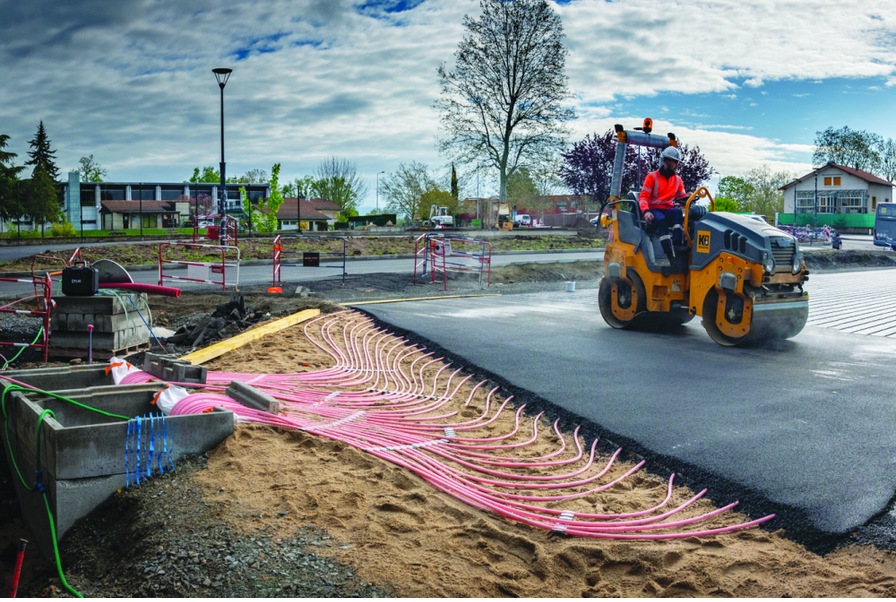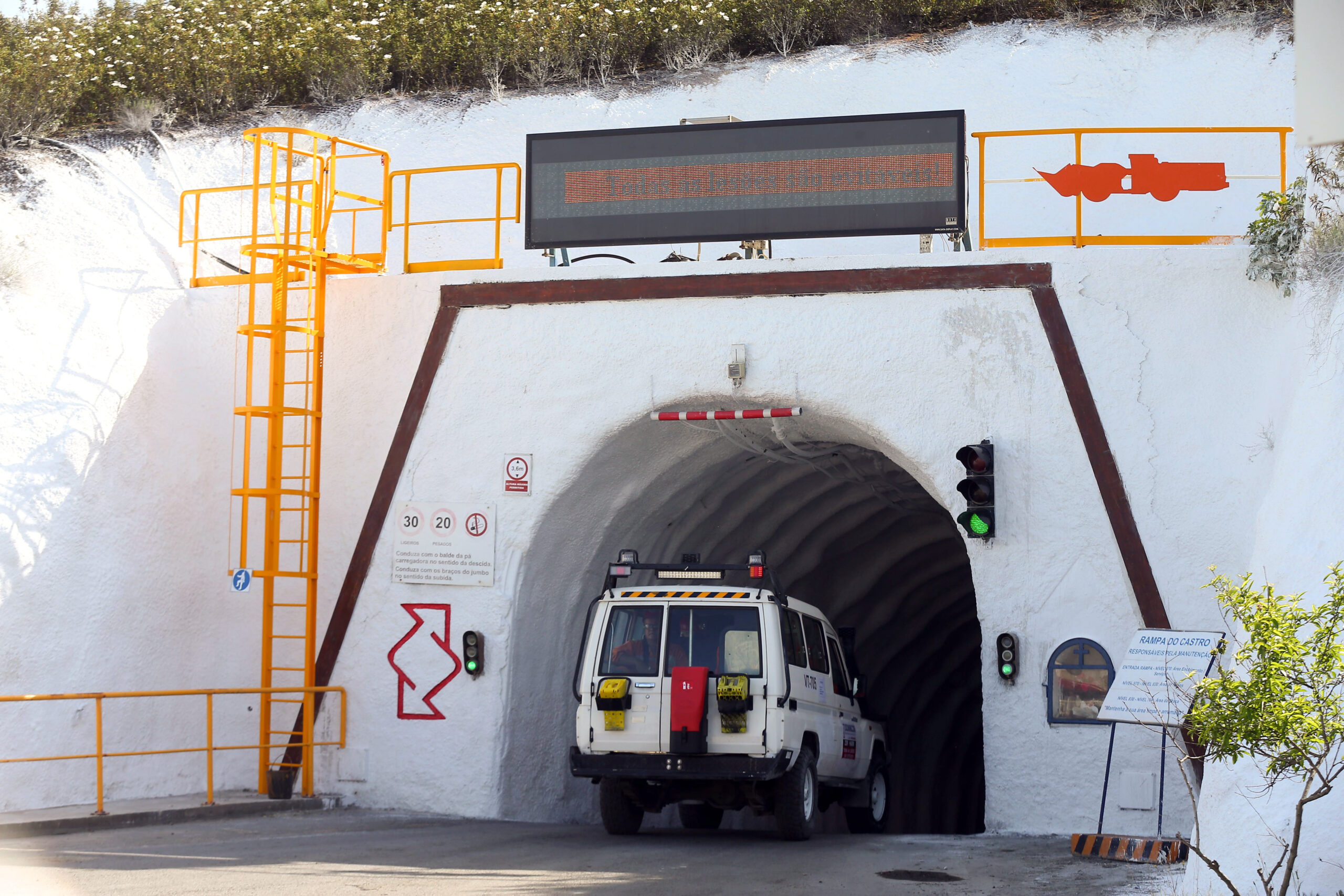
Mankind has truly only scratched the surface of the potential to find power that can be harnessed everywhere in our surroundings. In many of our daily interactions with the city, we’re generating energy without even knowing it. For example, the heat generated by millions of cars on tarmac streets is a form of energy which goes unharnessed, missing out on just one of a number of potential fonts of energy that could yield thousands of gigawatts every year - even reducing environmental impact in the process.
As more of the world becomes urbanized, the more importance that innovations like these take on. Cities generate far more heat than rural areas, so it’s high time that we began harnessing it for our benefit. That was the contention of Eurovia, an innovative daughter company of the French construction giant Vinci. Eurvia has developed Power Road, a ‘positive energy road’ which adds functionality to the road (i.e. it makes the road itself a power source) without removing any of the road’s functionality as a medium for transport.
Power Road is just the latest in a series of smart city innovations being unveiled, but maybe the most remarkable of all. Its technology allows roads to capture the sun’s heat energy - almost like a road which is a solar panel - and distributes that heat to nearby buildings and infrastructure through a heat-pump system. As Eurovia points out, this energy can be used to heat residential and office buildings, shopping complexes and even swimming pools. It can even be used to remove snow and ice from roads and runways in winter. In summer, it has the effect of cooling street surfaces and lessening the effects of urban heat islands.
The statistics vouch for the effectiveness of the technology. Eurovia suggests that 30% of the heating needs of a 75,000m2 neighborhood with 5 kilometres of Power Road-equipped roadway; a mere 25m2 can capture the equivalent energy needs of a 70m2 housing unit over the course of a year; Power Road could be used in an adjacent car park to provide up to 33% of the heat of a 25 metre municipal swimming pool; finally, power road could melt up to 20cm of snow cover on a road or runway every day - dramatically improving safety while reducing costs in the process.
The advent of Power Road is timely: not only is the world over 50% urbanized now, but cities are increasingly looking for smart, sustainable solutions to help them run smoothly. Climate change makes this even more pertinent. Estimates show that the temperature in many major world cities will increase by 8 degrees over the next 20 years, while extreme colds, previously happening every four years, will become a regular occurrence. Thanks to Power Road. we may be able to mitigate these risks with the power under our feet.













